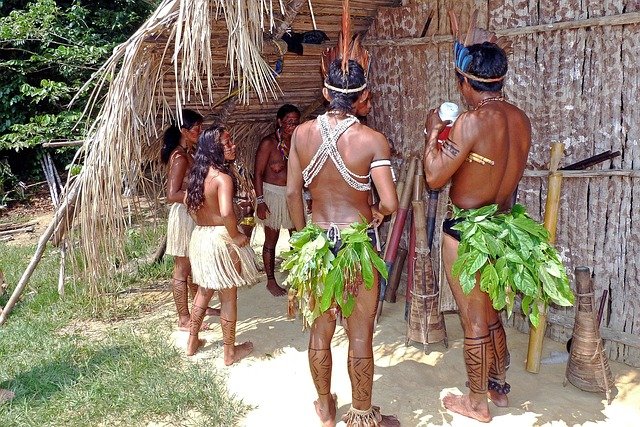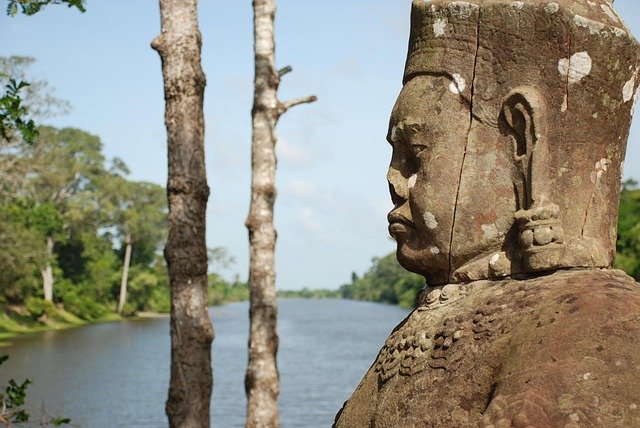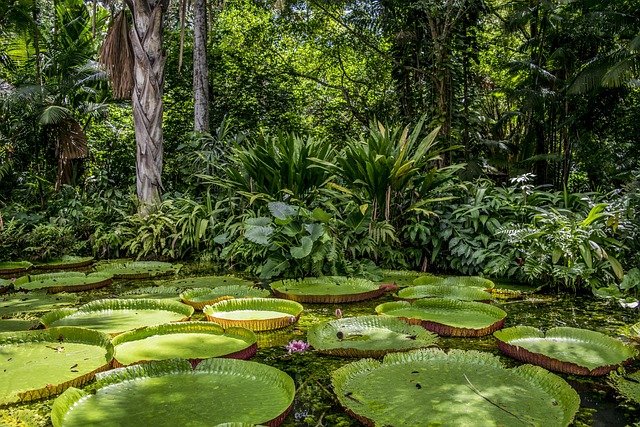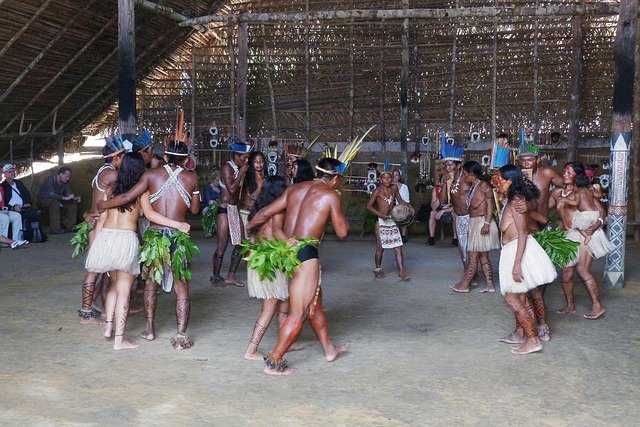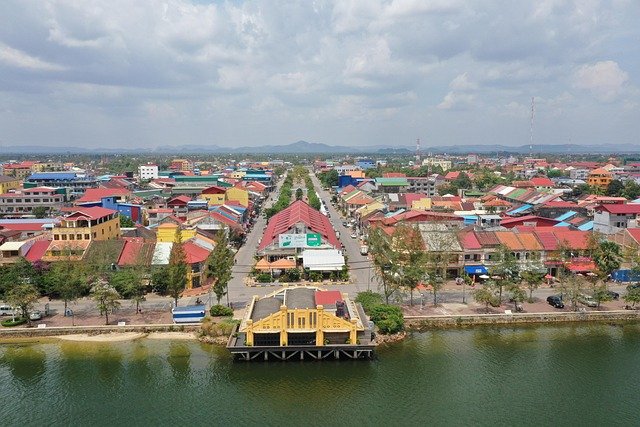
Introduction
Kampot, a charming riverside town in southern Cambodia, is famous not only for its scenic beauty but also for the warm and welcoming lifestyle of its people. The residents of Kampot live a slower, simpler life that beautifully blends traditional Khmer culture with influences from French colonial times and modern tourism. Let’s dive into what makes the lifestyle of the people in Kampot so unique and captivating.
1. A Relaxed and Community-Centered Way of Life
Life in Kampot flows at a gentle pace. Unlike bustling cities, Kampot’s residents value community, family, and connection. People often gather along the riverbanks in the evenings, sharing stories, food, and laughter. Small local markets are lively meeting spots where neighbors shop, chat, and support each other.
The town’s friendly atmosphere invites visitors to slow down, breathe, and experience genuine Cambodian hospitality.
2. Agriculture and Fishing: The Backbone of Livelihood
Many Kampot locals depend on agriculture and fishing for their livelihood. The fertile lands around Kampot produce rice, fruits, and the world-famous Kampot pepper. Small family farms pass down generations of knowledge and care, sustaining both the local economy and traditions.
Fishing along the Kampot River provides fresh seafood daily, which not only feeds families but also supports local restaurants and markets.
3. Influence of French Colonial Heritage
Kampot’s history as a French colonial town still influences the lifestyle and architecture today. Strolling through the streets, you’ll notice beautifully preserved colonial villas and quaint cafés serving rich coffee and French pastries. The slower café culture encourages socializing and relaxation, a lifestyle rhythm that locals and visitors both enjoy.
4. Strong Religious and Cultural Traditions
The majority of Kampot’s people practice Theravada Buddhism, which plays an important role in daily life. Temples (wats) are centers for spiritual practice and community gatherings. Festivals like Pchum Ben and Khmer New Year bring the community together for prayer, music, dance, and traditional foods.
Respect for elders and family values remain strong, reflecting deep-rooted Khmer customs.
5. Growing Tourism and Its Impact
In recent years, Kampot has attracted more tourists seeking tranquility and authentic experiences. This has created new job opportunities in hospitality, guiding, and small businesses. Many locals have adapted by opening guesthouses, restaurants, and craft shops while maintaining their traditional way of life.
Despite this growth, Kampot remains committed to sustainable tourism, ensuring that the lifestyle and environment are preserved for future generations.
6. Everyday Life and Local Flavors
Daily life in Kampot is filled with simple pleasures: morning markets bustling with fresh produce, the aroma of street food like grilled seafood and noodle soups, and quiet afternoons by the river. People often enjoy fresh fruit shakes and locally brewed coffee, reflecting Kampot’s agricultural bounty.
Children play in the streets, and markets buzz with colorful sights and sounds, creating a lively yet peaceful environment.
Conclusion
The lifestyle of the people in Kampot is a harmonious blend of tradition, community, and calmness. Rooted in agriculture and culture, yet open to modern influences, Kampot offers a glimpse into a slower, more connected way of living. Visiting Kampot is not just about seeing beautiful landscapes but experiencing the heart and soul of its warm and welcoming people.
